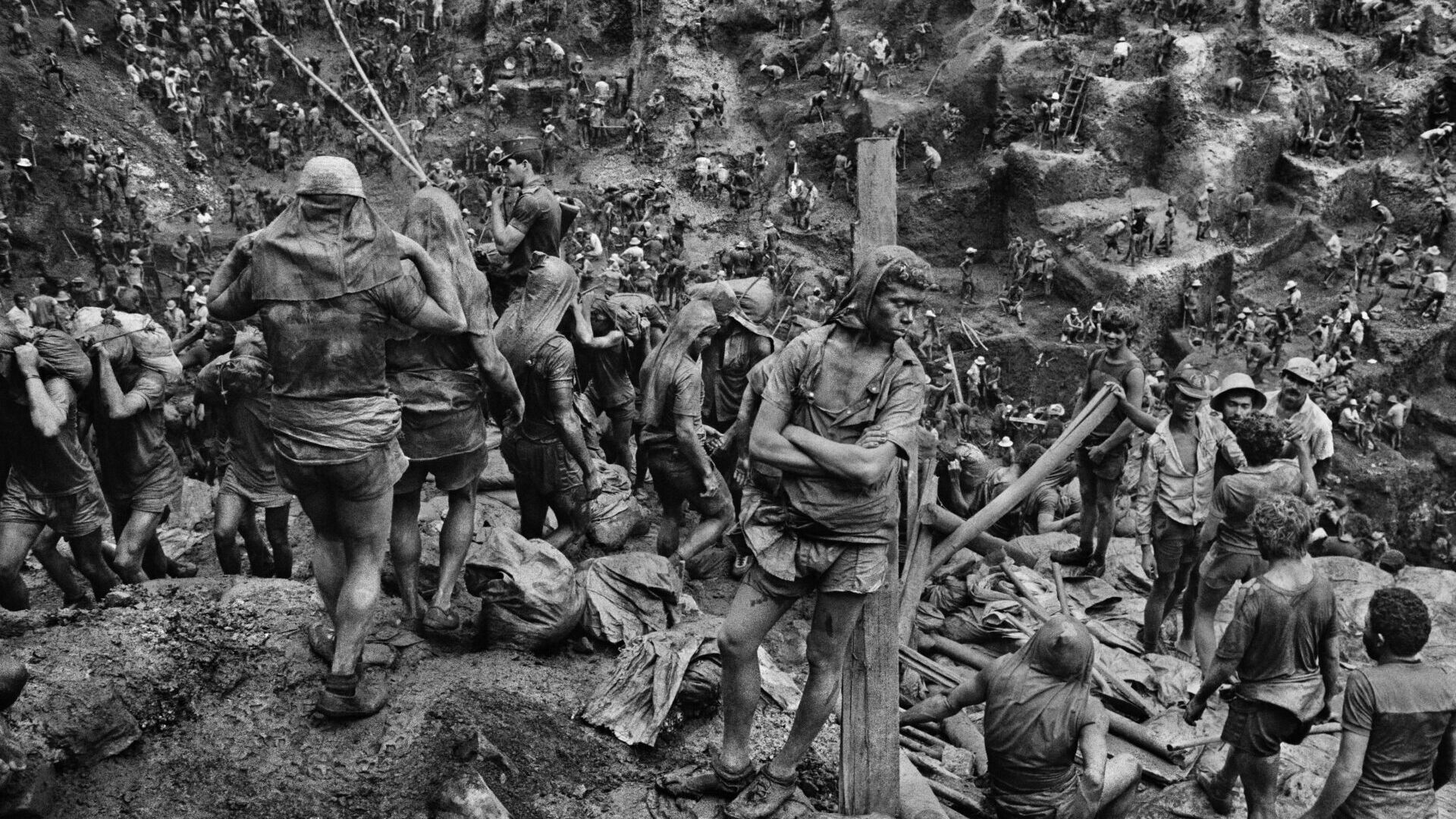“The Salt of the Earth” refers to the person or group of persons that best represent a larger part of humanity. Renowned photographer Sebastiáo Salgado knows a thing or two about these types of people, having traveled to the ends of the Earth to photograph globally removed peoples of all cultures, all experiencing unique walks of life outside of mainstream, civilized living.
It would all be so beautiful, if the centuries-spanning images he captured weren’t so tragic in their harrowing truths, of these peoples’ oppressive, devastating lives.
From film directors and photographers Wim Wenders and Salgado’s son Juliano Ribeiro, The Salt of the Earth is both a biography of a masterful humanist photographer and look at the artist’s life work, who provides commentary for his career’s collection of heartbreaking photographs that arrest the viewer in its universal and emotional magnificence.
The Salt of the Earth mixes beautiful stills with narrative commentary (in French, with English subtitles) of an interviewed Sebastian, as well as footage taken by Juliano from his last photographic travel in the jungles of Africa. The film bursts with colors in the wild jungle, but is predominantly an experience of black and white still-image brilliance of previous exhibitions’ stark, confronting images.
Audiences going into this film should prepare themselves for a meditative watch; the best experience will be for the viewer to give themselves completely over to this viewing experience so as to allow the power and message to move them.
The celebrated Salgado’s youth and early adulthood begins the film, showing his early life, marrying his wife and collaborator, Lélia Wanick Salgado, and birthing a son, before pursuing a life of travel and photography, leading his fascinations and curiosities across continents to which we next see his career’s work. While the thought of watching a mere slideshow may deter some viewers, the images themselves are not home movie quality. Audiences going into this film should prepare themselves for a meditative watch; the best experience will be for the viewer to give themselves completely over to this viewing experience so as to allow the power and message to move them.
Salgado, a humanist photographer, found his subject in his career, in the cultures of people and an ever-changing humanity. These people were all either tribes, native of the land outside of civilized society, or pursuant to oppressive hardship, surviving disastrous health, political, and violent forces that show humanity’s collapse in morality.
At a solid 109 minutes long, the film shows each of Salgado’s major photo exhibitions, mostly showing the farthest outreach of the industrialized world. Salgado talks about and shows his work, from which he captured on the most intimate, personal, and incredible of risks. Staying with people while documenting international conflicts, starvation, and exodus, there is enough shock and awe in each image that it is almost painful to watch. Yet this is the overwhelming power of the film, in showing the unsettling and jarring reality that exists and affects the rest of the human race.
It’s no surprise then, to finally hear Salgado talk of humanity with disgust, and distaste, of which the film and his work ring out cynically with.
It’s also no surprise, then, to see the photographer move to another area of study to explore–that of nature itself. The end of the film shows Salgado’s work moving to that of beautiful landscapes, along with recently re-grown jungles of Brazil that his family single-handedly begun farming again. After witnessing such atrocities and horrors throughout one’s life, there is a quiet understanding that would lead any person to understand moving away from humans altogether.
Official selections of the 2014 Cannes and Telluride Film Festivals, as well as last year’s Academy Award nominee for Best Documentary Feature, The Salt of the Earth is an incredible entry into humanitarian efforts and awareness, as well as an artistic celebration of Salgado and his life’s uncompromising achievements. While the film will require a certain dutiful discipline to endure, the film will show that, while life and its people are far from pretty, the human spirit that is realized in light of that, can be a stunning sort of beautiful.
The Salt of the Earth is in theaters this Friday.
Ryan Rojas
Ryan is the editorial manager of Cinemacy, which he co-runs with his older sister, Morgan. Ryan is a member of the Hollywood Critics Association. Ryan's favorite films include 2001: A Space Odyssey, The Social Network, and The Master.


